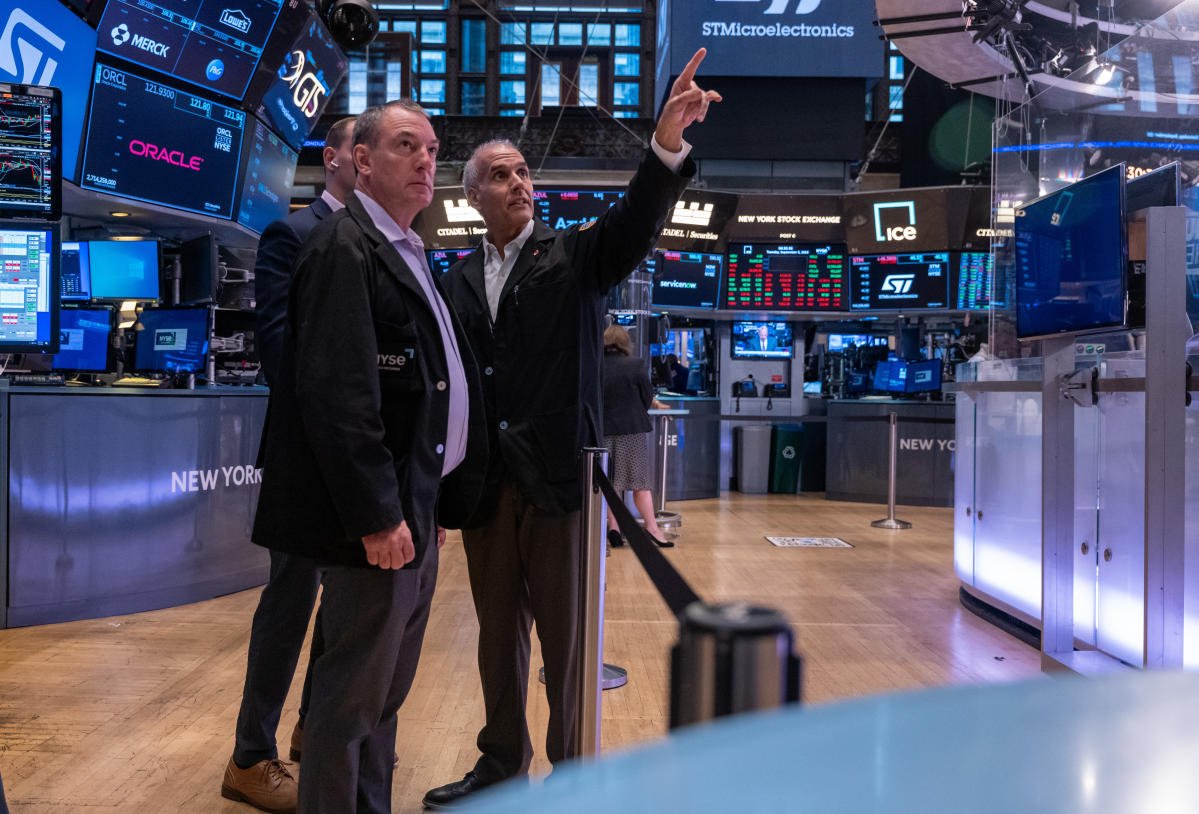Stock markets have recovered from their recent slump on Monday.
But bearish strategists on Wall Street still see significant concerns that won’t go away anytime soon for stock investors.
With Federal Reserve expectations for rate cuts fading, signs of inflation remaining persistent and stocks still trading at above-average valuations, many believe the market is in a similar position to when they entered the three month-long decline began. and fall 2023.
“Price action may depend on earnings numbers and could stabilize in the near term,” JPMorgan chief market strategist Marko Kolanovic wrote in a note on Monday. “Beyond this, however, we think the sell-off should continue. We remain concerned about continued complacency in equity valuations, inflation remaining too high, further Fed rate hikes and the earnings outlook that the implied acceleration could also lead to this year. optimistic.”
“The current market story and patterns are increasingly resembling last summer, when upward inflation surprises and aggressive Fed revisions drove a correction in risky assets, but investor positioning now appears to be higher.”
Last summer, markets became increasingly pessimistic about the likelihood that the Fed would cut rates soon. This contributed to a rapid rise in bond yields, which ultimately weighed on stocks.
Julian Emanuel, who leads Evercore ISI’s equities, derivatives and quant strategy, recently told Yahoo Finance that things are looking similar to last summer.
Emanuel has been keeping a close eye on two-year Treasury yields, which recently topped 5% for the first time since November 2023. The shares were then sold simultaneously with the move.
“The reason this may be more concerning right now is because of the implicit promise that markets have traded in three (Fed rate) cuts that have been reversed,” Emanuel said. “And if you look at March, I think it’s far more than a coincidence that the market literally came back off the highs just as the market started pricing in less than the three promised cuts.”
Morgan Stanley Chief Investment Officer Mike Wilson wrote in a research note on Sunday that with 10-year Treasury yields (^TNX) now well above the critical 4.35% to 4.40% level he had been looking at, higher interest rates could put pressure on shares. valuations are improving.
“If yields remain at current levels over the next three months, interest rates could see a ~5% decline within that period, all else being equal (which would equate to 4700-4800 on the S&P 500)” , Wilson wrote.
Wilson notes that at higher returns, any increase from here on out “will have to be earned largely through earnings increases rather than multiple expansion.”

